Black Friday warning: video games waste energy and contribute to global warmingA couple of observations.
If you're planning this holiday season (perhaps even today) to become one of the tens of millions of people in the U.S. to buy a video game system, you may want to consider how the purchase of a Nintendo Wii, Sony PlayStation or Microsoft Xbox will impact your carbon footprint (or, at very least, your electric bill).
The Natural Resources Defense Council (NRDC), a New York-based environmental organization, in a new report says that video game systems are huge energy wasters, mostly because people (read: kids) tend to leave them on even when they're not using them.
First, the real issue is that game consoles needlessly consume energy when they are on-but-idle. Power-saving features are a very sensible solution to this, and I agree that the console manufacturers would do well to make them standard:
Ecos and the NRDC offer some solutions, calling for video game console makers to develop more energy-efficient devices that use many of the same power-saving features found on PCs (such as the automatic powering down of a system if it is left idle for a certain period of time). After a period of one to three hours of inactivity, for example, the video game console could automatically save the status of the game to memory and initiate auto power-down. Or, the consoles could come with a "sleep" button that could be used to save power when the players are away from their games.Second, the lifestyle scolds know that the average person is not motivated by simple appeals to energy conservation, but the average person has been conditioned to respond emotionally (not necessarily rationally) when the specter of global warming is invoked.
It's always a bonus when [insert cause here] can be linked (however tenuously) to AGW. I expect to see a lot more of this in the next presidential administration. Incoming chief of staff Rahm Emanuel has acknowledged the appeal of exploiting public alarm to advance one's agenda, and AGW is at or near the very top of Obama's agenda.







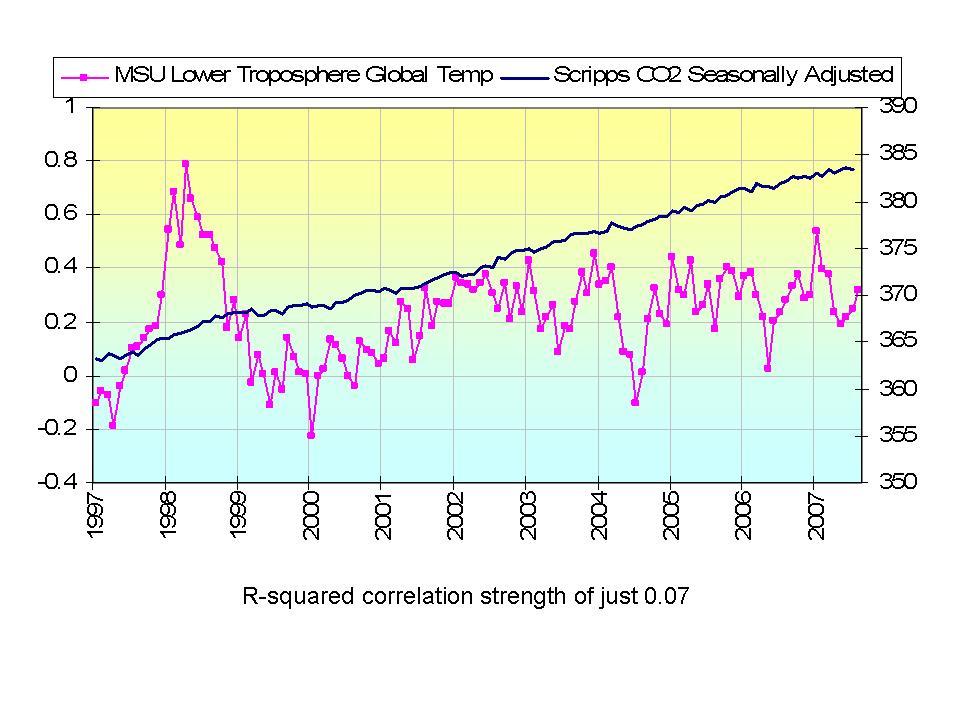
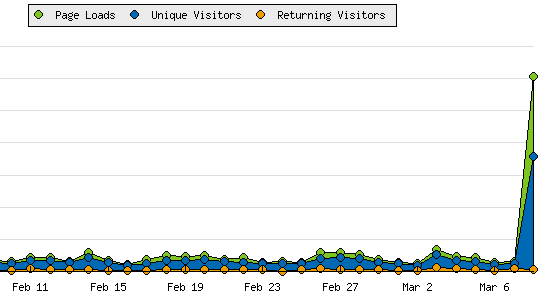
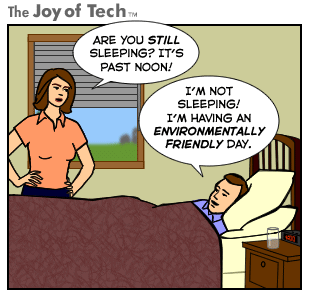




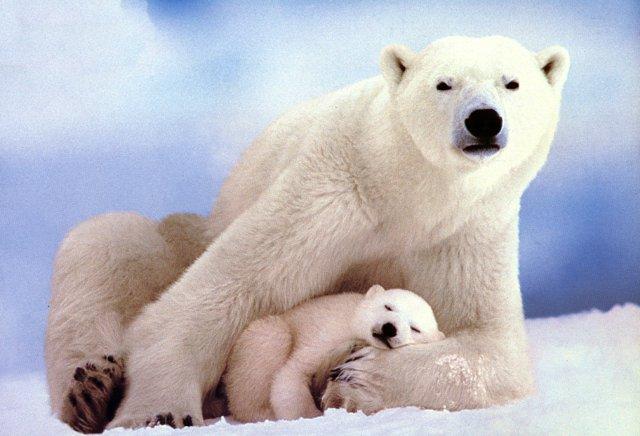
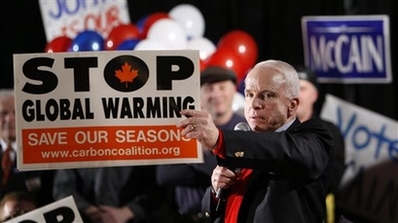
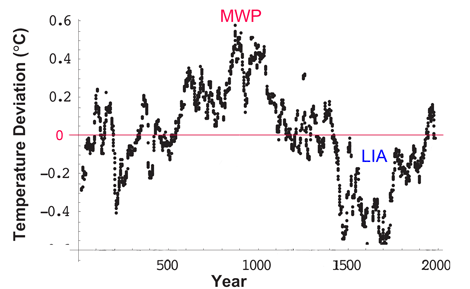
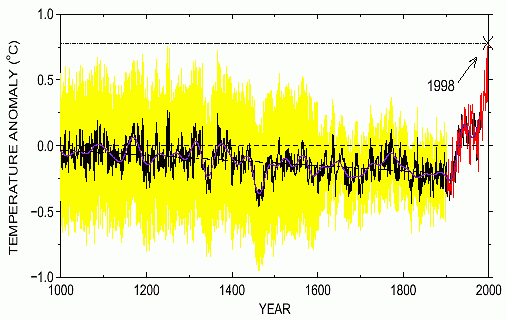







 Headlines via e-mail
Headlines via e-mail


